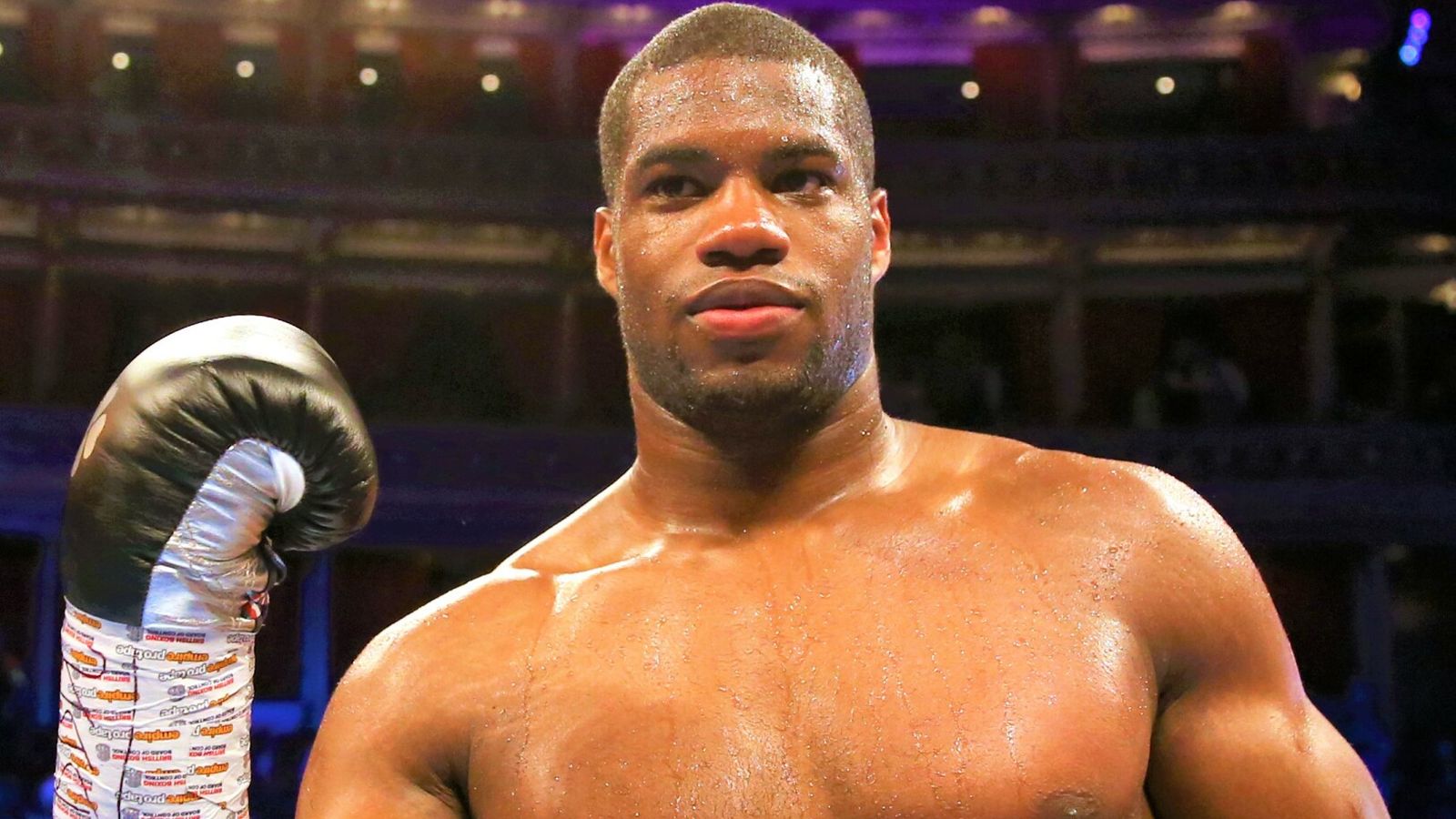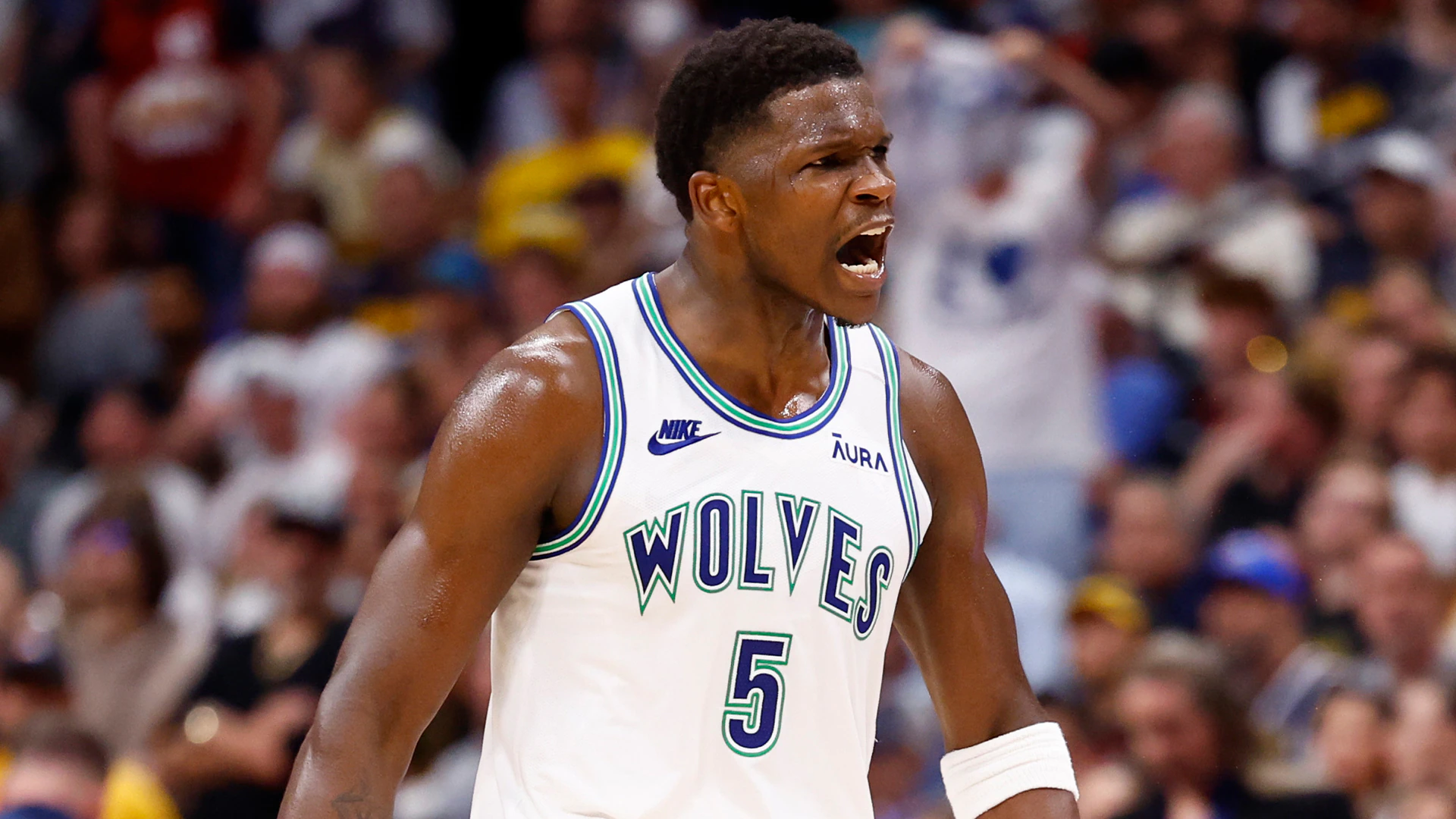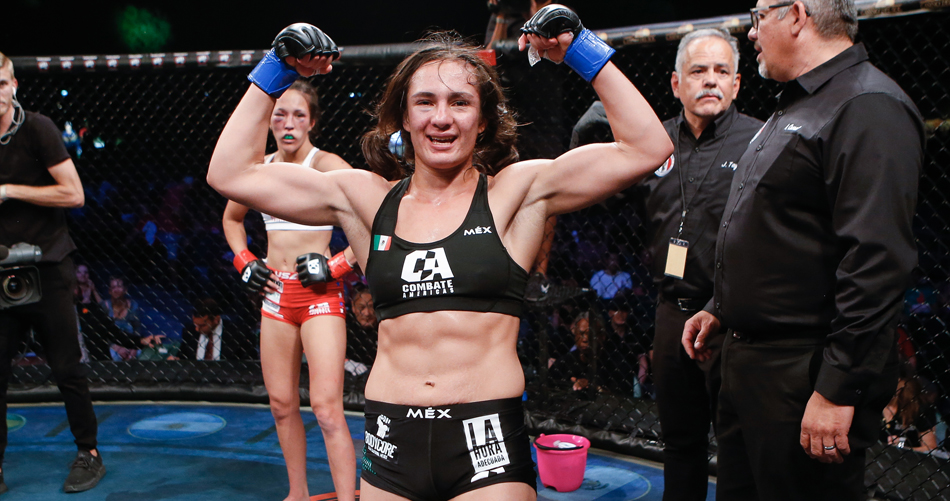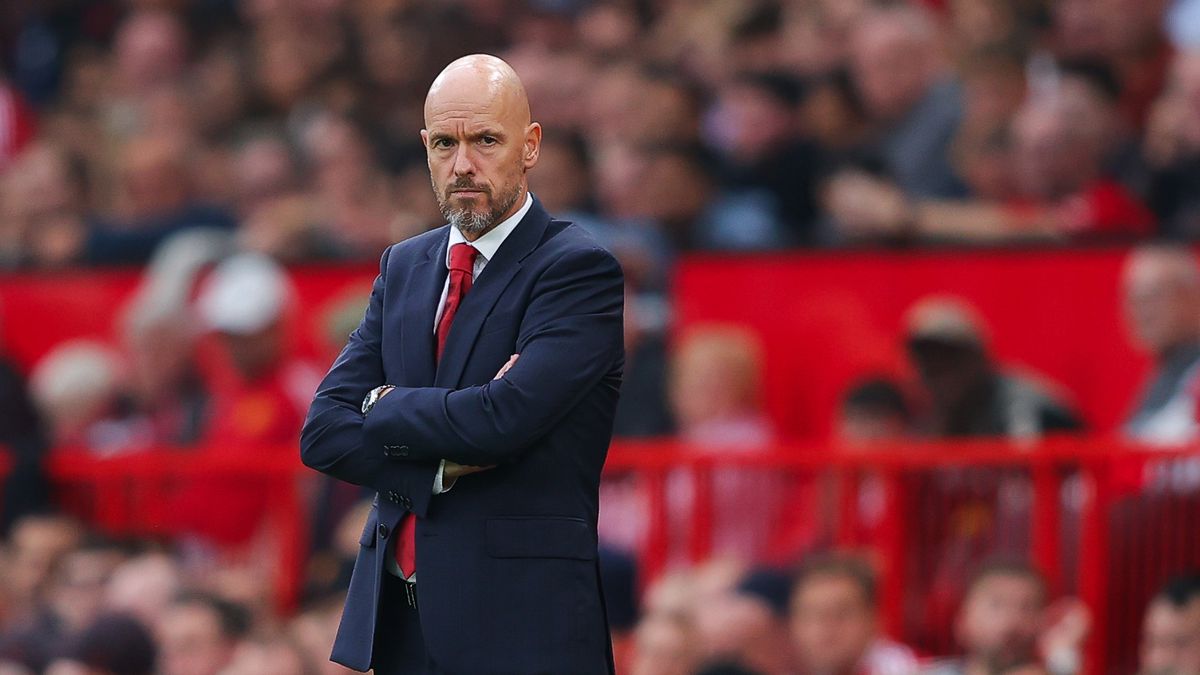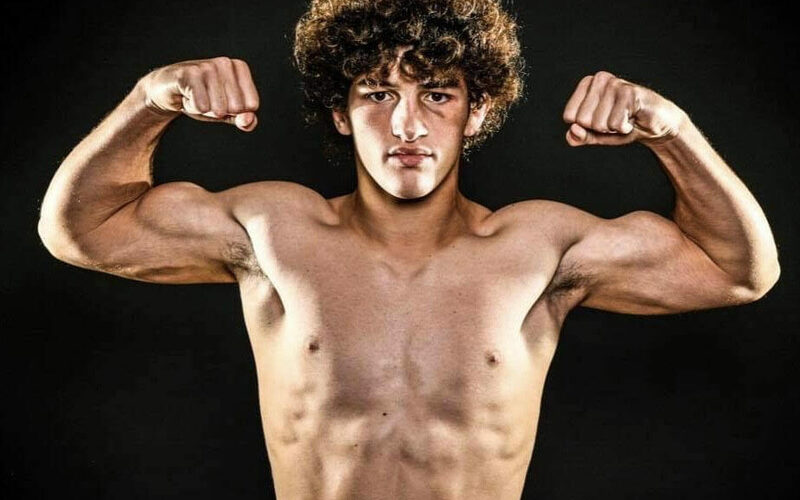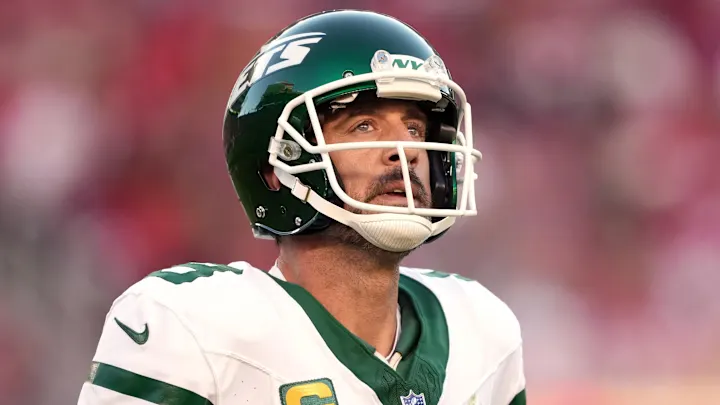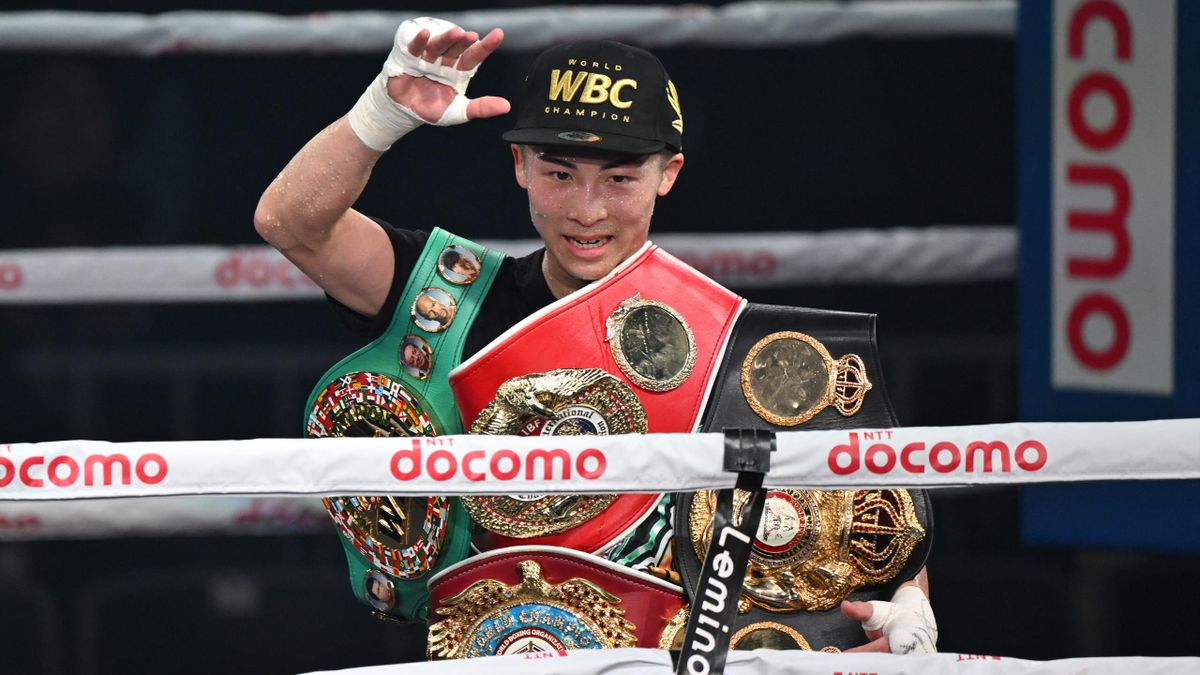MY TWO WEEKS AS ARGENTINA ASSISTANT COACH

I was in the Jardyland bar in Abidjan, Ivory Coast’s biggest city, watching Manchester City beat Everton on 10 February when I was appointed interim assistant coach of Argentina. The offer in the WhatsApp was clear: you put together scouting reports on Nigeria and Ivory Coast, who Argentina were supposed to be facing in friendlies in China in March, and we’ll call you assistant coach and explain how we go about preparing for games.
It was almost a decade ago that Matías Manna, now a key member of Argentina’s backroom staff, having read my book Angels With Dirty Faces, had got in touch to discuss a theory he had about the team in the 1950s. This offer he was making was a gimmick, obviously, a joke; I’m not deluded enough to think otherwise. But equally, everybody else is deluded if they think I’m not going to be talking for the rest of my life about my stint as the assistant manager of the world champions when they prepared for their second successive Copa América triumph. Lionel Messi? Yeah, he played under me. Good lad, yeah.
As it turned out, China were less convinced that Messi is a good lad after a strained hamstring forced him to miss an Inter Miami tour game in Hong Kong at the beginning of February. Fearing a similar withdrawal and further anger from fans, the Chinese authorities cancelled the games, leaving Argentina to hastily arrange a pair of friendlies in the US, against El Salvador and Costa Rica, neither of whom I have seen play. My term as Argentina’s first British coach since the first world war lasted a fortnight.
That was long enough to start making preliminary notes. It was a mildly terrifying experience. There’s nothing more likely to make a journalist doubt himself than the knowledge that their work will be read by actual football people. Given Seko Fofana’s positioning, would you call Ivory Coast’s formation a 4-3-3 or a 4-2-3-1, when it was somewhere in between? I was confident Nigeria under José Peseiro played in a 3-4-3, but surely Argentina needed more than that? Do real football people even care about formations any more?
I started to watch a rerun of March’s Africa Cup of Nations final, when Ivory Coast beat Nigeria 2-1. I wrote down how Nigeria kicked off: knock it back to William Troost‑Ekong who belted it long for the right-sided centre‑back Semi Ajayi, who’d charged forward. That was demonstrably correct but it also seemed a bit simple; they didn’t really need me to tell them that.
Troost-Ekong, I realised, when in possession and facing away from his own goal, liked to open his body and play the ball to his right to Ajayi. That sounded like the kind of thing that may help setting a pressing trap, but it did mean that most of my jottings seemed to focus on the central defenders. Big. Good in air. Calvin Bassey quick; Ajayi and Troost‑Ekong slow. But it didn’t take hours of research to realise that.
Was that what they were looking for? What I was confident in seemed obvious, what seemed potentially interesting I doubted. Look for patterns in any set of data and you start to see patterns and the next thing you know you’re sounding like a cross between a character in an Umberto Eco novel and Matt Le Tissier. It was a relief that I never had to submit anything.
Maybe they were being polite, but details like Troost-Ekong favouring passes to Ajayi did seem to be the sort of thing they were looking for. They’d wanted me, they said, for the “in-stadium view”. I didn’t like to admit that in the stadium I’d most been concentrating on my match report and working out how on earth I was going to get back to my hotel and that most of my “analysis” had come from watching a recording later.
Everything was far more confusing than it had initially appeared; even the term “analyst”, it seems, is open for debate. Manna was born in 1983 in San Vicente, a small town to the south of Buenos Aires. He has worked for Argentina at the past four World Cups and was on Jorge Sampaoli’s staff at Sevilla.
He was in charge of video analysis for Lionel Scaloni in Qatar at the World Cup but his job is much more wide-reaching than that. “Do they,” he said, “call a psychologist a ‘script analyst’ because he writes in his notebook?”
A former lecturer in sociology, Manna enjoys the provocation of saying the role of the analyst does not exist, a conclusion he came to after observing how Pep Guardiola worked with Carles Planchart and Domènec Torrent at Barcelona and Bayern. Both followed him to City, where Planchart remains performance analyst while Torrent left in 2018 and is coach of Atlético San Luis in Mexico.
“The analyst is a coach,” Manna said. “Too often the analyst becomes passive or isolated. On the one hand there is software, which can only improve the analysis, but on the other there is his role as an assistant. If he doesn’t know what is being done during the week, how the coach thinks, he can only offer a view separate from the development of the team. The role of the ‘analyst’ has been misinterpreted. He is a coach, an assistant.”
Which, frankly, as I tried to work out whether Troost-Ekong preferred to turn left or right, sounded significantly beyond me.
Manna believes football has a damaging tendency to arrange itself into silos; for him, everything interacts with everything else and that interdependency is essential.
“In recent years,” he said, “analysis has become very linear, partial, fragmented. Your opponent is studied on the one hand and your own team on the other. And it’s not like that; it’s not good.”
He cites as an inspiration the French philosopher Edgar Morin, whose work on complex thought has been extremely influential in Latin America. “Analysis has to be integrated,” Manna said. “I look more at my team and what it can do in relation to the opponent. This analysis is also included in the training methodology.
“If the analyst does not integrate his study into the coach’s exercises, it’s pointless. A fragmentated analysis leads to a worse game; a systemic view from a coach-analyst will seek a more natural, organic game.”
As an example, Manna remembers watching the World Cup semi-final between France and Morocco with Scaloni and his children in the manager’s office in Qatar. It wasn’t clear whether Ángel Di María, struggling with a muscular problem in a foot, was going to be fit to play in the final. Argentina had been training with the back three they used in the quarter-final against the Netherlands. But as they watched Jules Koundé, France’s right-back, struggle against the direct running of Sofiane Boufal, Scaloni realised that if Di María played it had to be not on the right where he had started every group game, but on the left, against Koundé.
That may sound obvious, but it meant rejigging a system that had dominated against Croatia in the semi-final and leaving out Leandro Paredes, who has been consistently excellent for Scaloni’s Argentina. “It was,” Manna said, “the most important decision in the history of Argentinian football.”
Di María was brilliant in the final, brought down for a penalty for the first before scoring the second, as Argentina raced into a 2-0 lead.
Di María’s positioning was just one aspect of a much broader rethinking of Argentina’s approach. After claiming the 1993 Copa América, Argentina went 28 years without winning a trophy, a drought all the more painful because of the extraordinary quality of attacking player available in that period: Sergio Agüero, Carlos Tévez, Juan Román Riquelme, Gonzalo Higuaín, Javier Pastore, Ezequiel Lavezzi … What was it then, that changed at the Copa América in 2021 and then at the World Cup in Qatar a year later? What has brought about the glorious finale to Messi’s career?
For Manna, the issue is one of balance and, although he doesn’t say it, the sense is that Argentina have almost benefited from the retirement of many of their great forwards; there is less temptation now to try to squeeze in an additional forward, to, as recent debate around England would have it, release the handbrake.
He contrasts the games Argentina played against Croatia at the 2018 and 2022 World Cups. The 3-0 reverse Argentina endured in the group stage in Nizhny Novgorod represents a recent nadir, a shapeless performance that brought their heaviest defeat at a World Cup since the 4-0 defeat against Germany in 2010 and had people talking about the 6-1 humbling against Czechoslovakia in Helsingborg in 1958 that ushered in the era of anti-fútbol. The 3-0 win in the semi-final in Lusail, meanwhile, was probably Argentina’s best performance in 2022, certainly their most comfortable victory.
“If you look at the match in 2018 there were only two midfielders, then one,” Manna said. Argentina played a 3-4-2-1 with Javier Mascherano and Enzo Pérez holding behind Messi, Maxi Meza and Agüero, but Pérez went off for Paulo Dybala midway through the second half with the score at 1-0 as Argentina chased the game.
In 2022, the shape was more of a 4-4-2 with Messi behind Julián Álvarez playing on a platform of Rodrigo De Paul, Paredes, Enzo Fernández and Alexis Mac Allister. “For me that was key,” Manna said. “Have an extra man in the midfield. Argentina respected its sources, its history, the short pass and the ball and did not get carried away by a direct, physical game. Europeans are not going to say it, but Argentina played a Latin American-style game.”
Paredes is not as celebrated as certain others, but the Roma midfielder has been used more by Scaloni than any other player. “Like all great central midfielders,” Manna said, “he wins the ball a lot from the front and knows how to defend behind him.
“If a team is built around passing, it’s important to have a holder like Paredes who interacts well with the inside players and the No 10. He’s the Argentinian who best finds Messi between the lines. You can’t analyse the game individually. The game is in the relationships between players.”
Counterintuitively, Manna believes, it is a player such as Paredes who takes Argentina back to “la nuestra”, the celebrated close‑passing, technical style that characterised Argentinian football before the disgrace of Helsingborg. “When Paredes, Messi, De Paul and [Giovani] Lo Celso complement each other, they represent the true style of Argentinian football,” he said.
“Platini needed Giresse‑Fernández-Tigana; Zico needed Andrade-Tita-Adílio; Cruyff needed Neeskens, Haan, Mühren. Messi needs his support. Good controlling midfielders can enhance even the very best players and, obviously, Messi improved them all.”
Having Messi is an enormous advantage, but as Argentina learned in the years before Scaloni, it is not sufficient. While the 2022 World Cup was all about Messi and the culmination of his career, the role of Scaloni and his analysts – or assistant coaches – in setting up the team for each individual opponent to get the best out of him should not be overlooked.
Nor will I let people forget that, for two weeks this year, that team included me.


